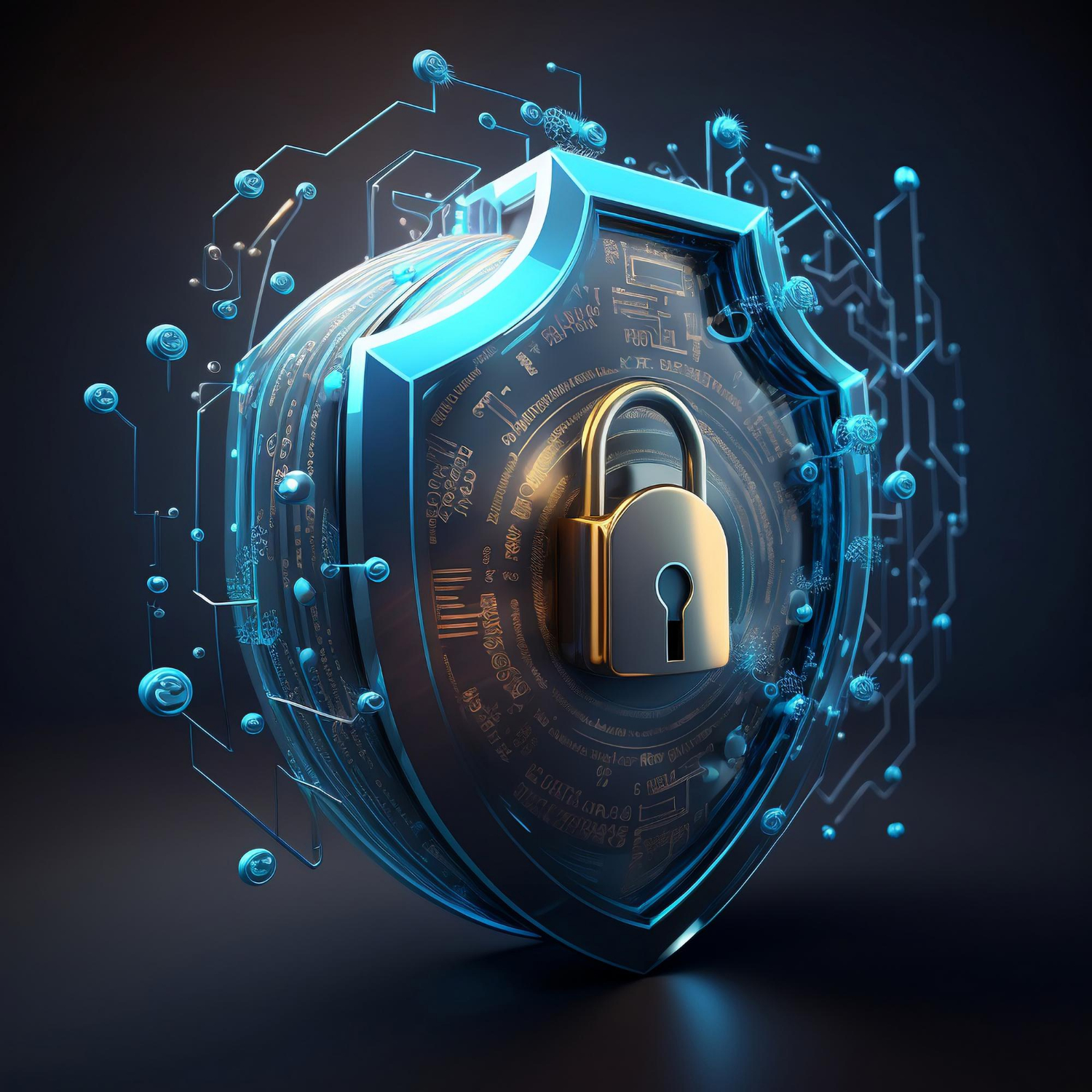Empowering Cybersecurity: Generative AI’s Triumph in Zero-Trust Realms
Understanding Zero-Trust Cybersecurity
Zero-trust cybersecurity is a security concept centered on the belief that organizations should not automatically trust anything inside or outside its perimeters and instead must verify anything and everything trying to connect to its systems before granting access. This approach is a departure from traditional security models that assume trust based on network location. In a zero-trust model, every access request is thoroughly validated, authenticated, and encrypted before approval.
The Role of AI in Cybersecurity
Artificial Intelligence (AI) plays a crucial role in enhancing cybersecurity measures. It helps in detecting and responding to cyber threats in real-time, predicting future threats, and automating repetitive tasks, thereby freeing up time for cybersecurity professionals to focus on more complex tasks. AI can analyze vast amounts of data to identify patterns and anomalies that might indicate a cyber threat. It can also learn from past incidents to predict and prevent future attacks.

Generative AI: The Game Changer
Generative AI, a subset of AI, has emerged as a game-changer in the field of cybersecurity. It can generate new data instances that resemble your training data. This ability makes it a powerful tool in creating simulations and scenarios to train cybersecurity systems and prepare them for various cyber threats. For example, generative AI can create realistic phishing emails for training purposes, helping organizations improve their defenses against such attacks.
Real-World Applications of Generative AI in Cybersecurity
Generative AI is being used in various ways in the field of cybersecurity. For instance, it is used in creating realistic cyber-attack scenarios for training purposes, generating phishing emails to test the organization’s defense mechanisms, and creating digital identities to test the robustness of biometric security systems. These applications not only enhance an organization’s cybersecurity measures but also help in staying one step ahead of cybercriminals.
Challenges and Solutions in Implementing Generative AI
While Generative AI holds immense potential, implementing it comes with its own set of challenges. These include the need for large amounts of data for training, the risk of the AI system generating false positives, and the ethical concerns related to the use of AI. However, these challenges can be overcome by adopting a strategic approach to implementation, investing in quality data, and setting up robust ethical guidelines. For instance, organizations can use synthetic data for training purposes, implement checks and balances to prevent false positives, and establish a strong ethical framework for AI usage.
Future Trends: Generative AI in Zero-Trust Cybersecurity
The future of Generative AI in zero-trust cybersecurity looks promising. With advancements in technology, we can expect more sophisticated applications of Generative AI that will further enhance the security of zero-trust environments. For example, generative AI could be used to create more realistic cyber-attack simulations, generate more sophisticated phishing emails, and create more secure digital identities. As the field of AI continues to evolve, so too will its applications in cybersecurity.










